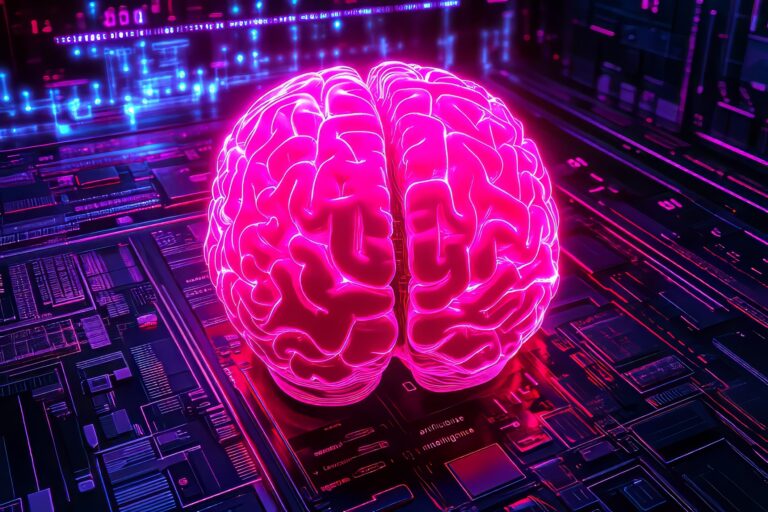Autonomous Imaging Systems
Autonomous imaging systems represent a significant leap forward in technology, merging advanced imaging capabilities with artificial intelligence (AI) to operate without direct human intervention. These systems have found applications across numerous sectors, including healthcare, security, environmental monitoring, and industrial automation.
At their core, intelligent imaging systems integrate imaging hardware, such as cameras or sensors, with sophisticated software algorithms. These algorithms are often powered by machine learning, allowing the system to analyse visual data in real-time, recognise patterns, and make decisions based on the input it receives. Unlike traditional imaging systems, which require manual operation or post-capture processing, autonomous systems can independently perform tasks such as object detection, anomaly identification, and data classification.
One of the most prominent applications of intelligent imaging systems is healthcare. For example, these systems are increasingly used in radiology to detect abnormalities such as tumours or fractures. By autonomously analysing medical images like X-rays, CT scans, or MRIs, these systems can assist radiologists in identifying potential issues more quickly and accurately. This reduces diagnostic times and helps improve patient outcomes. Additionally, autonomous imaging systems are deployed in surgical robots, enabling precision and minimising risks during complex procedures.
In the field of security, autonomous medical imaging systems are transforming surveillance. They can monitor large areas continuously, identify unusual activity, and alert security personnel in real-time. For instance, AI-powered cameras can detect unauthorised access in restricted zones or even recognise specific individuals using facial recognition technology. This capability significantly enhances situational awareness and improves response times.
Environmental monitoring is another domain that benefits from these systems. Autonomous imaging systems are employed in drones to track wildlife, assess deforestation, or monitor water quality. These systems can operate in challenging environments where human intervention may be difficult or dangerous. For example, drones equipped with thermal imaging cameras can identify forest fires in their early stages, enabling swift action to contain them.
In industrial settings, autonomous imaging systems play a vital role in quality control and process optimisation. They are used in manufacturing plants to inspect products for defects or inconsistencies, ensuring high standards of quality without the need for human oversight. Moreover, these systems are increasingly being utilised in predictive maintenance, where they monitor equipment for signs of wear and tear, helping to prevent costly breakdowns.
Despite their advantages, autonomous imaging systems also present challenges. Concerns around data privacy, especially in surveillance applications, and the potential for biases in AI algorithms highlight the need for careful regulation and ethical considerations. Furthermore, the complexity and cost of developing and maintaining these systems can be barriers to widespread adoption.
In conclusion, autonomous imaging systems are revolutionising multiple industries by enhancing efficiency, accuracy, and safety. As technology continues to advance, these systems are likely to become even more sophisticated, unlocking new possibilities while also necessitating responsible implementation.
You are here:
home » Autonomous Imaging Systems

